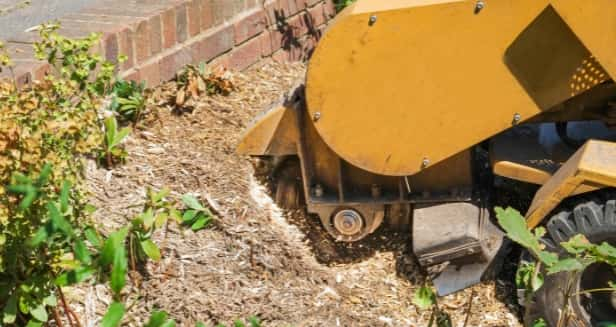Introduction
A leaning tree can be a dramatic sight in any garden—but not always for the right reasons. While some trees naturally grow at a slight angle, others begin to tilt due to underlying issues that may compromise their stability. As a homeowner, it’s not always easy to tell the difference between a harmless lean and one that spells danger.
At LM Tree Surgery Midhurst, we regularly assess leaning trees across Midhurst and West Sussex, helping property owners determine the cause and whether action is needed. Here’s a closer look at what could be causing your tree to lean—and when you should call in a professional.
Common Causes of Leaning Trees
1. Wind and Storm Damage
Severe weather can dislodge a tree’s roots or push it off its natural vertical axis. While some trees recover over time, others continue to lean further with each storm, increasing the risk of collapse.
2. Soil Movement or Erosion
If the ground around the tree has shifted—due to heavy rain, construction work, or a natural slope—the root plate may lose its grip. In softer soils, particularly in West Sussex’s clay-heavy areas, trees are more prone to instability.
3. Competing for Light
Trees growing in tight clusters may lean naturally as they reach for more sunlight. While this can look odd, it’s not always a problem—unless the angle becomes excessive or unbalanced.
4. Root Damage
Damage from digging, nearby construction, or disease can weaken one side of the root system. With reduced support, the tree may gradually lean and eventually fall.
5. Uneven Crown Weight
Poor pruning or natural growth can lead to one side of the canopy being significantly heavier. This can cause a slow lean over time, especially in tall or fast-growing species.
When Should You Be Concerned?
Not every leaning tree is a hazard—but some definitely are. Warning signs include:
- Sudden lean after a storm
- Visible soil lifting or cracking near the base
- Exposed or broken roots
- Cracks in the trunk or bark on the leaning side
- Leaning in the direction of a building, road, or public area
If any of these are present, the safest course is to have the tree assessed immediately.
What Can Be Done?
Depending on the cause and severity of the lean, solutions may include:
- Strategic pruning to rebalance the crown
- Installing support systems or bracing
- Improving soil conditions or drainage
- In some cases, careful removal to prevent damage
A professional tree surgeon will determine the most appropriate course of action based on the species, location, and condition of the tree.
Conclusion
A leaning tree can be a characterful feature or a silent hazard—it all depends on what’s happening beneath the surface. The key is early intervention. If you’ve noticed a tree on your property beginning to tilt, don’t wait until it’s too late.
At LM Tree Surgery Midhurst, we offer expert assessments and practical solutions for trees of all sizes and species throughout Midhurst and the surrounding West Sussex area. Get in touch today and let us help you keep your trees healthy, safe, and standing tall.
Call us on: 01730 771 392
Click here to find out more about LM Tree Surgery Midhurst
Click here to complete our contact form and see how we can help with your tree’s needs.

